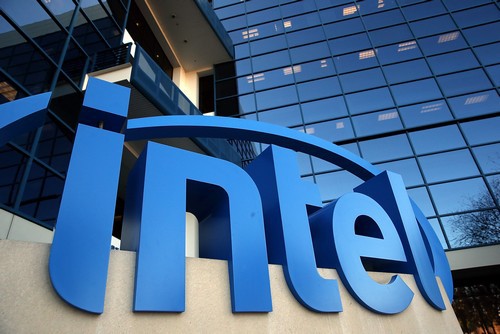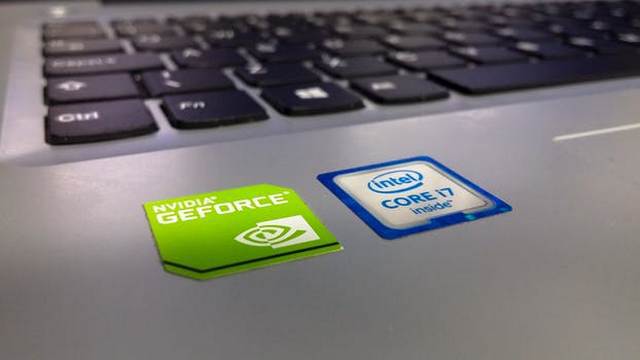From being a world’s largest chip maker company to the manufacturer of microprocessors, integrated circuits, graphics cards and mobile phones; Intel has been successful in building a state of art IT infrastructure. The Intel business consists of the various business segments such as Client computing group (CCG), Data Centre Group (DCG), Internet of things group (IOTG) and aggregated software & services group (SSG). Out of these operating segments, 58% of the net revenue was generated by CCG in the year 2015.
Table of Contents
Segmentation, targeting, positioning in the Marketing strategy of Intel –
Intel uses demographic and psychographic segmentation variables so as to tap the changing needs of the market.
Undifferentiated targeting strategy is used by the company as most of its products and services are standardised and are easily available worldwide.
Widely known for its processors and advanced chips, Intel position its offerings based on the product’s benefits and usage.
Marketing mix – Here is the Marketing mix of Intel.
SWOT analysis – Here is the SWOT analysis of Intel.
Mission- “Not Available”
Vision- “If it is smart and connected, it is best with Intel”
Tagline-“Experience what’s inside”.
Competitive advantage in the Marketing strategy of Intel –
Integrated manufacturing set-up: Controlling design, development and manufacturing processes with the help of its R & D is helping the company in controlling its operational cost, process quality, power consumption and product cost.
Standardised products: Co-creation of the products by optimising the products to operate multiple user platforms has helped the company in being competitively ahead of other companies in the market.
Adoption and invention of next-gen technologies have helped the company in improving its performances, features, controlling cost and energy efficiencies.
BCG Matrix in the Marketing strategy of Intel –
The business of Intel consists of four business segments namely Client computing group (CCG), Data Centre Group (DCG), Internet of things group (IOTG) and aggregated software & services group (SSG) and all are Stars in the BCG matrix.
Distribution strategy in the Marketing strategy of Intel –
Intel follows different distribution channel for a different set of customers and products. It uses retailers, resellers, and e-commerce & agency distributors to make their products/services available to the end customers.
Brand equity in the Marketing strategy of Intel –
Being present in the digital medium and association with a large number of fortune 500 companies have helped the company in high brand equity. Intel is known for the quality, innovation and compatibility which helps the companies which associate with Intel for leveraging Intel’s competencies.
Competitive analysis in the Marketing strategy of Intel –
The market in which Intel competes is overcrowded with local, national and international players which are eating up each other’s market share. Mainly hardware and IT infrastructure companies are doing backwards and forward integration in the value delivery system to compete with other players in the market. Intel co-creates the products by working effectively with the client and integration of the client systems improves the cost structure and capabilities of the software.
Market analysis in the Marketing strategy of Intel –
Various factors such as demand pattern, acceptance of the technology in the market, Pricing, supply & demand side pressure, Product life cycle, government policies and many others affect the players in this industry. Changing customer needs, frequent introduction of the products are major factors which shape the demand and supply equilibrium of the industry.
Customer analysis in the Marketing strategy of Intel –
Customers of Intel are OEM’s (original equipment manufacturers), business houses and an individual customer who have the inclination towards the technological products.
Liked this post? Check out the complete series on Strategies

